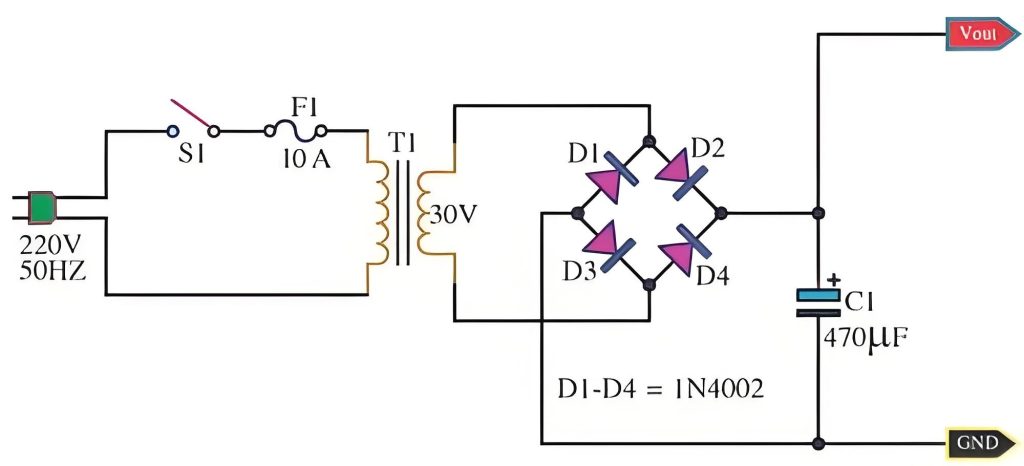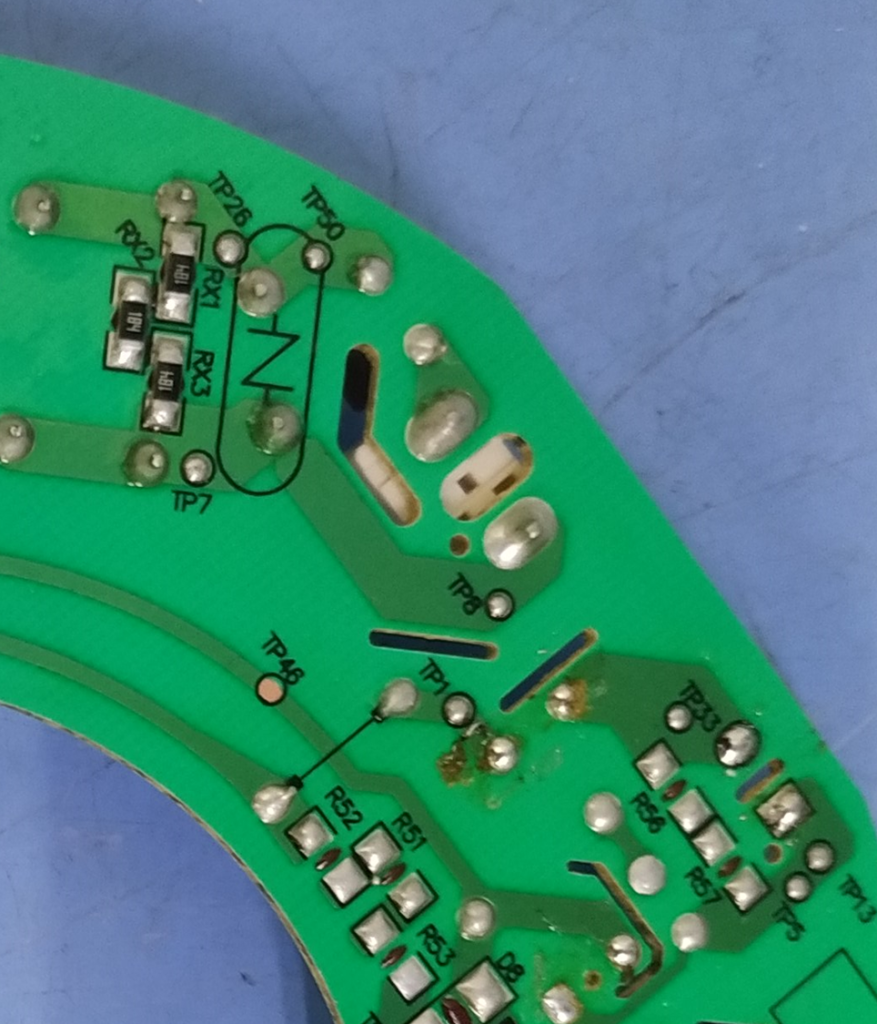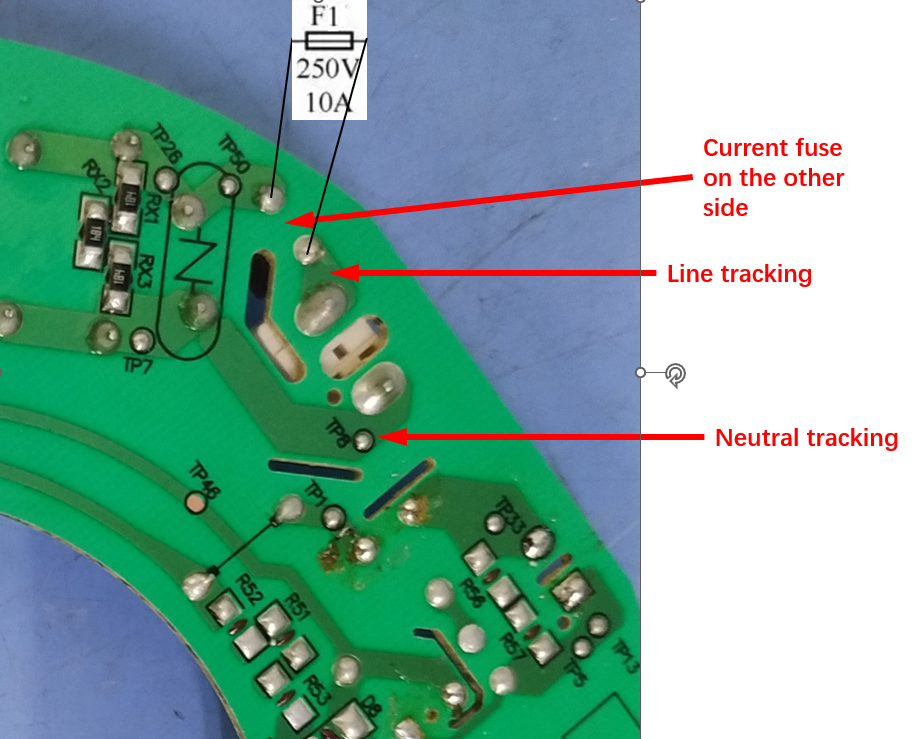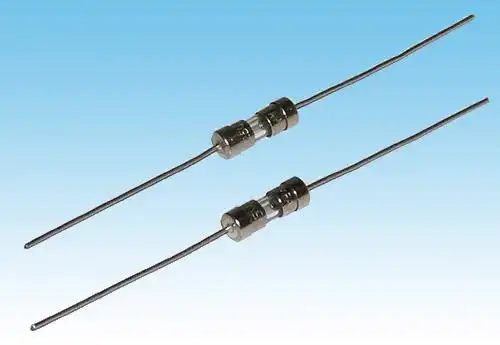A question about functional insulation requirements at the ends of a current fuse
The following circuit diagram

The current fuse in position F1 is usually connected in series with the line.
The photos of the real thing are shown in the following two pictures, the left one is not labeled, the right one shows the location of the current fuse and some other basic information.


In the diagram above, there is definitely functional insulation between line tracking and neutral tracking, as we have explained in the definition of functional insulation.
So is there functional insulation at the ends of the current fuse? Here you need to measure the distance between two locations, firstly on the front side of the board, on the body of the current fuse, and secondly between the tracking on the board, e.g. as indicated by the black text in the picture above.
Normally, the two ends of a current fuse are insulated, although internally they are connected together. When the internal fuse is broken, the insulated ends are necessary to break the circuit too. In order to ensure that the circuit breaks after the current fuse has broken, it is assumed that there is functional insulation, while the clearance of functional insulation is relatively easy to meet, the creepage distance sometimes does not meet the requirements of the standard, especially in the case of Pollution degree 3.
I think there is no functional insulation here. According to the definition of functional insulation, there needs to be a different potential, and there is no different potential between the two ends of the current fuse under normal operation, so there is no functional insulation under normal operation. When the current fuse is broken, it will appear at both ends of the potential difference, theoretically, there is functional insulation. However, when the current fuse broken and the electrical product does not work properly, it is at least in a non-normal operating condition, and the cause of the current fuse broken is the abnormal operation test from clause 19. According to clause 19.13 of the standard, after the abnormal test need to carry out electrical strength test, the test voltage of functional insulation is twice the working voltage, and there is no requirement for creepage distance and electrical clearance. It might be thought that the accumulation of contamination at the ends of the blown fuse would lead to a short-circuit in the functional insulation, but since the current fuse is broken, there is also the accumulation of contamination, which accumulates very slowly when the appliance is not in operation and no forced convection air can be supplied.
Therefore, when the appliance is in normal operation, there is no functional insulation; when the current fuse broken, it is sufficient to take into account the electrical strength test of clause 19.13, and it is not necessary to measure and evaluate the clearance and creepage distance of the functional insulation.
For reference, the following figure shows a physical drawing of the appearance of a current fuse.
